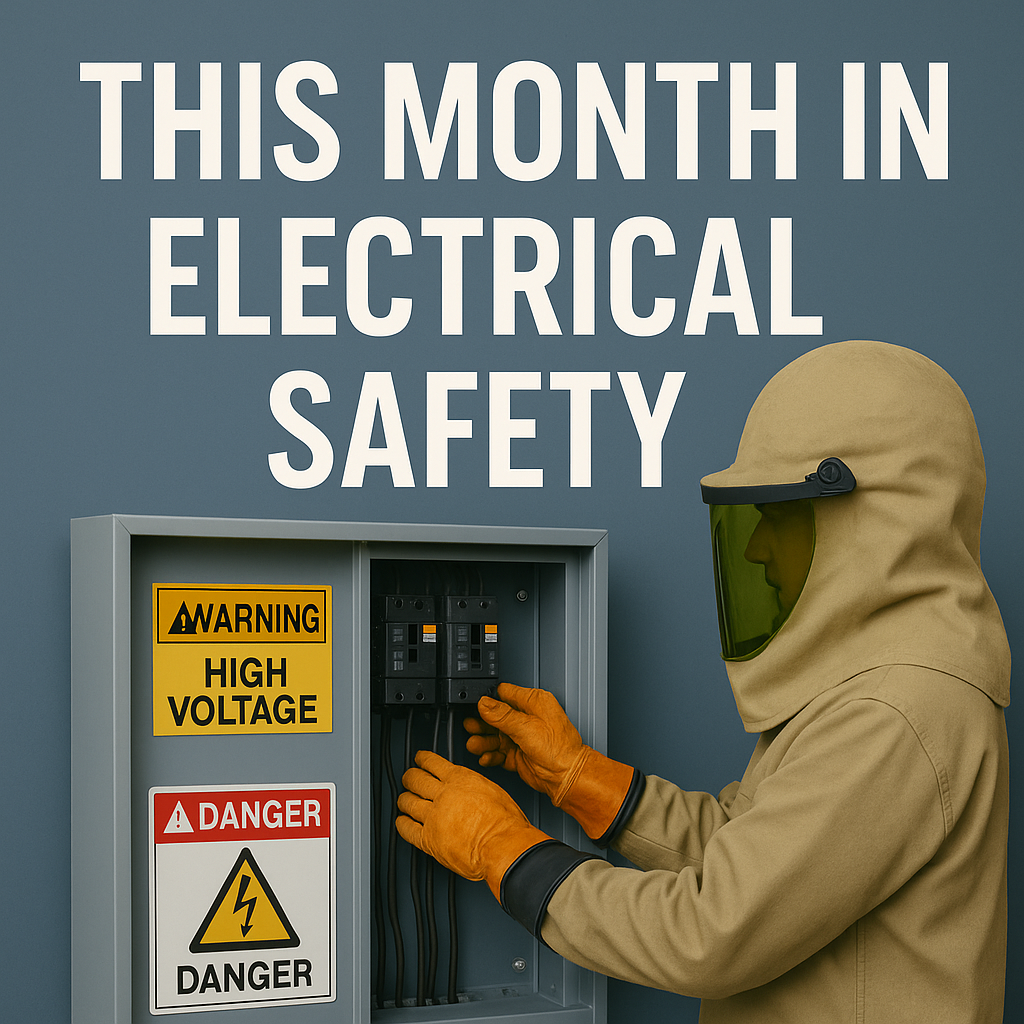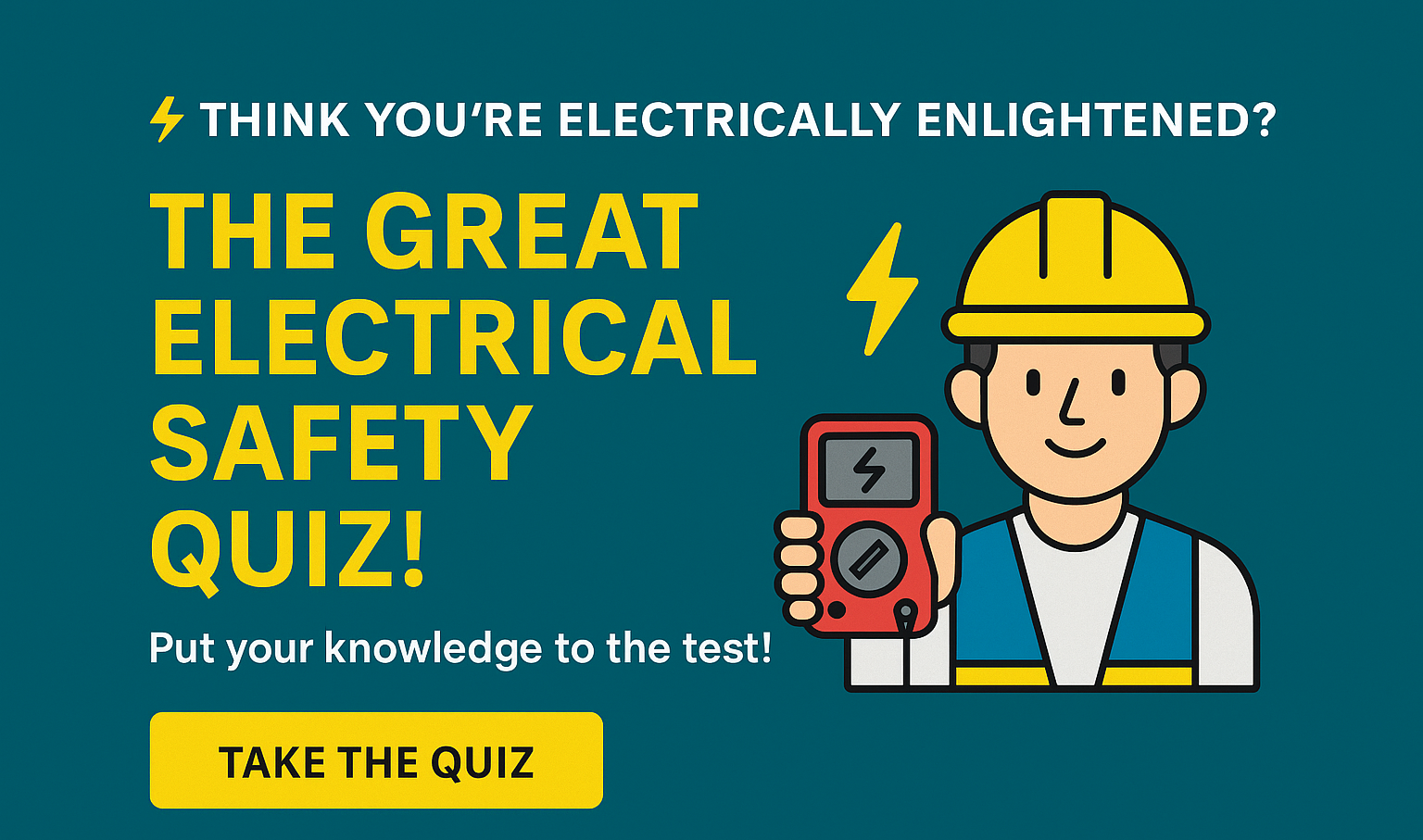This Month in Electrical Safety: November 2025 Edition
Welcome back to This Month in Electrical Safety, where we unpack emerging regulatory shifts, consulting practice innovations, and enforcement dynamics that matter for industrial manufacturers, OEMs, and safety professionals across the United States.
This month we cover four major topics shaping the landscape of OSHA electrical safety and the consulting industry:
-
Updated enforcement priorities from OSHA,
-
Revisions in NFPA 70E electrical safety standards,
-
Expanding demand for field evaluation and labeling consulting, and
-
The growing overlap between electrical safety and cybersecurity.
Let’s take a look at what’s changing and what that means for you and your facility.
OSHA’s New Enforcement Priorities for Electrical Hazards
Late in 2025, OSHA revised its regulatory agenda and renewed its focus on preventing electrical injuries through data-driven inspections and proactive compliance outreach.
The agency’s Field Operations Manual now highlights higher-risk industries and facilities with documented electrical incidents.
For consultants, this means your clients can expect more scrutiny under OSHA electrical safety inspections, particularly when energized work or unlisted equipment is involved. Increased penalties and regional inspection blitzes are pushing employers to strengthen documentation of incident-energy analyses, lockout/tagout programs, and arc-flash labeling.
A key takeaway is that OSHA electrical safety isn’t just about worker training; it’s about record-keeping and proof of conformity. Consulting teams should make sure every client’s electrical safety program includes up-to-date studies, qualified personnel designations, and evidence of compliance aligned with OSHA 1910 Subpart S.
NFPA 70E 2024 Edition and What It Means for Consulting Engagements
The 2024 edition of NFPA 70E introduced significant changes that reshape how safety consultants approach program audits and training. The revised standard now emphasizes “point-of-work” verification, the process of testing for absence of voltage at every individual work location. This concept reinforces OSHA’s broader definition of a safe work condition, creating tighter overlap between NFPA guidance and OSHA electrical safety enforcement.
Article 120.6 clarifies that closed panel doors alone do not guarantee worker protection. For consulting firms, that means updating audit checklists, training slides, and procedural templates to align with the new emphasis on visual confirmation, voltage testing, and lockout verification.
By integrating NFPA 70E updates into field procedures, safety consultants demonstrate proactive compliance and add measurable value to clients preparing for OSHA or insurance audits.
Field Evaluation, Equipment Labeling, and the Rise of Specialized Consulting Services
As OEMs and integrators increasingly deliver custom-built or modified equipment to U.S. sites, the demand for qualified field evaluation services has surged. The process of verifying non-listed or altered equipment against U.S. standards falls squarely within the consulting domain.
Electrical safety consulting firms now play a dual role: technical verifier and compliance strategist. They coordinate the labeling of evaluated equipment, document conformity to standards such as NFPA 79 and UL 508A, and generate the traceable evaluation reports that AHJs expect to see before granting operational approval.
At Lewis Bass International Engineering Services, these services form the backbone of our IAS-accredited Field Evaluation Body program. Field evaluation and labeling aren’t simply about compliance, they are the practical demonstration of OSHA electrical safety principles at work.
Cybersecurity Meets Electrical Safety: A Converging Risk Domain
Industrial control panels, networked drives, and intelligent monitoring systems are now standard in modern U.S. manufacturing. This technological shift has blurred the boundaries between electrical safety and cybersecurity.
Consultants can no longer focus solely on voltage, current, and fault clearance; they must also assess whether network connectivity, firmware updates, or remote access features might compromise protective functions or create unsafe conditions. The NFPA 79 2024 update even encourages inclusion of basic cybersecurity risk controls in equipment design. This update was foreshadowed by a January 2025 NFPA Technical Committee on Electrical Standard for Industrial Machinery meeting discussing the increasing risks of cybersecurity breaches in key industries in the United States such as: manufacturing, oil&gas, and the electrical supply verticals. A copy of this presentation can be viewed here.
Forward-thinking consultants who integrate these considerations into their assessments are better equipped to advise clients facing both physical and digital hazards. Bridging the gap between electrical engineering and cyber resilience is the next evolution of professional consulting within the framework of OSHA electrical safety expectations.
This Concludes Another Month in Electrical Safety.
In this November edition, we explored how regulatory trends, technology, and consulting practice continue to evolve across the electrical safety field. From OSHA’s enhanced enforcement posture to the expanding role of field evaluation and cybersecurity awareness, the path forward requires agility and expertise.
At Lewis Bass International Engineering Services, we view each project as more than a compliance exercise: it’s also an opportunity to elevate safety culture and reduce operational risk for our clients and our client’s clients. Whether we’re assisting a manufacturer through a field evaluation or helping a facility align with the latest NFPA 70E requirements, our goal remains the same: ensure that safety, reliability, and regulatory confidence go hand in hand.
Until next month—stay proactive, stay compliant, and most importantly: stay grounded.



